Nuts are an edible, protein-packed crop that many gardeners tend to overlook when planning their plantings. Many people opt out of growing their own nuts because most nuts, including pecans, pistachios, cashews, almonds, brazil nuts, hickory nuts, macadamia nuts, and even coconuts, grow on large fruit trees. While chestnut and almond trees provide shade and ornamental value in states with high nut production like California, some landscapes lack the space to accommodate them. However, there are some edible nuts and nutlike seeds, legumes, and drupes that do not grow on trees, and they require less growing space for pollination. These nuts are also a great alternative for those with tree nut allergies.
Chinquapin Nuts
Chinquapin nuts come from a large bush that goes by the botanical name Castanea pumila. This bush is easily pruned to form an aesthetically pleasing, nut-producing shrub in the garden landscape. Thriving in U.S. Department of Agriculture plant hardiness zones 5 through 9, the chinquapin bush is a hardy, adaptable plant that requires well-draining soil. Chinquapin nuts are a kind of nut likened to chestnuts in both appearance and flavor, although they are smaller. This bush is capable of reaching heights of 40 feet, although 6 to 15 feet is its average height.
Hazelnuts
Hazelnuts (Corylus spp.), also called filberts, are one of the few common nuts found in the grocery store that grow on bushes instead of trees. Hazelnut bushes thrive in USDA zones 4 through 8, reaching a height and width of 10 feet at maturity. The hazelnut bush is also easily pruned to form a hedge or serve as a foundation planting. Hazelnut bushes, sometimes mistaken for small trees, are prolific producers at maturity. This plant reaches maturity and begins to produce nut crops at 3 years of age when planted as a seedling. In the fall, the leaves of the hazelnut bush turn bright red, a signifier that the nuts are beginning to ripen.
Peanuts
Although technically legumes, coming from the Leguminosae plant family, peanuts are eaten in the same way as nuts that grow on trees. However, peanuts do not grow on trees, but on a plant that produces underground pods.
This annual plant thrives in USDA plant hardiness zones 5 and up, which boasts a warm climate located mostly in the Southeast in North America. Requiring four to five months from planting in early spring to harvest in the fall, the peanut plant produces small yellow flowers before producing underground pods, or husks, as part of the root system.
While a common food allergy, peanuts have many classic culinary applications
Nutlike Seeds
Although technically not true nuts, pumpkin seeds and sunflower seeds are eaten and used in similar culinary applications as nuts. They offer the same crunchy, salty satisfaction and grow as a part of other annual garden plants rather than on large trees.
Sunflowers (Helianthus) are tall, large-blossomed annual flowers. Some varieties are grown specifically for their seeds, which develop inside the face of the flower.
In the fall, people harvest and buy fresh pumpkins for their decorative and ornamental value, as well as their culinary applications in favorites like pumpkin pie.
Growing inside the flesh of the pumpkin are its many medium-sized seeds that can be roasted, salted and eaten like nuts.
Pine nuts, while classified as a tree nut, are another nutlike seed that are commonly used in pesto or as salad toppers, and can serve as a quick salty snack.
Related Articles
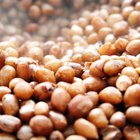
Why Do Cashews Cost More Than Peanuts?

Are Buckeyes & Chestnuts the Same?

List of Wild Edible Plants & Berries in ...

Types of Edible Hickory Nuts
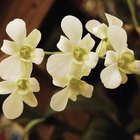
The Meaning of a White Orchid
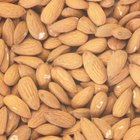
Types Of Almonds

Type of Peanuts Used to Make Peanut ...
Do Almonds Ever Go Bad?
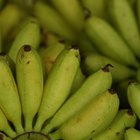
List of Tropical Fruits
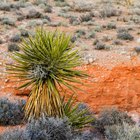
Fruits or Vegetables That Start With Y
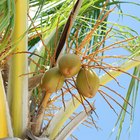
Which Nuts Are Alkaline Forming?
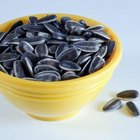
Are Sunflower Seeds Nuts?

Fruits or Vegetables Starting With X

Organic Vs. Conventional Olive Oil

What Is a Hickory Nut?

How to Remove a Cardamom Seed From a Pod
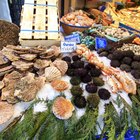
What Shellfish Are Edible?
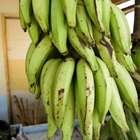
Facts About Plantains
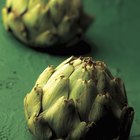
How to Parboil Artichokes
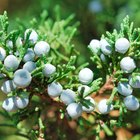
Are Juniper Berries the Same As Capers?